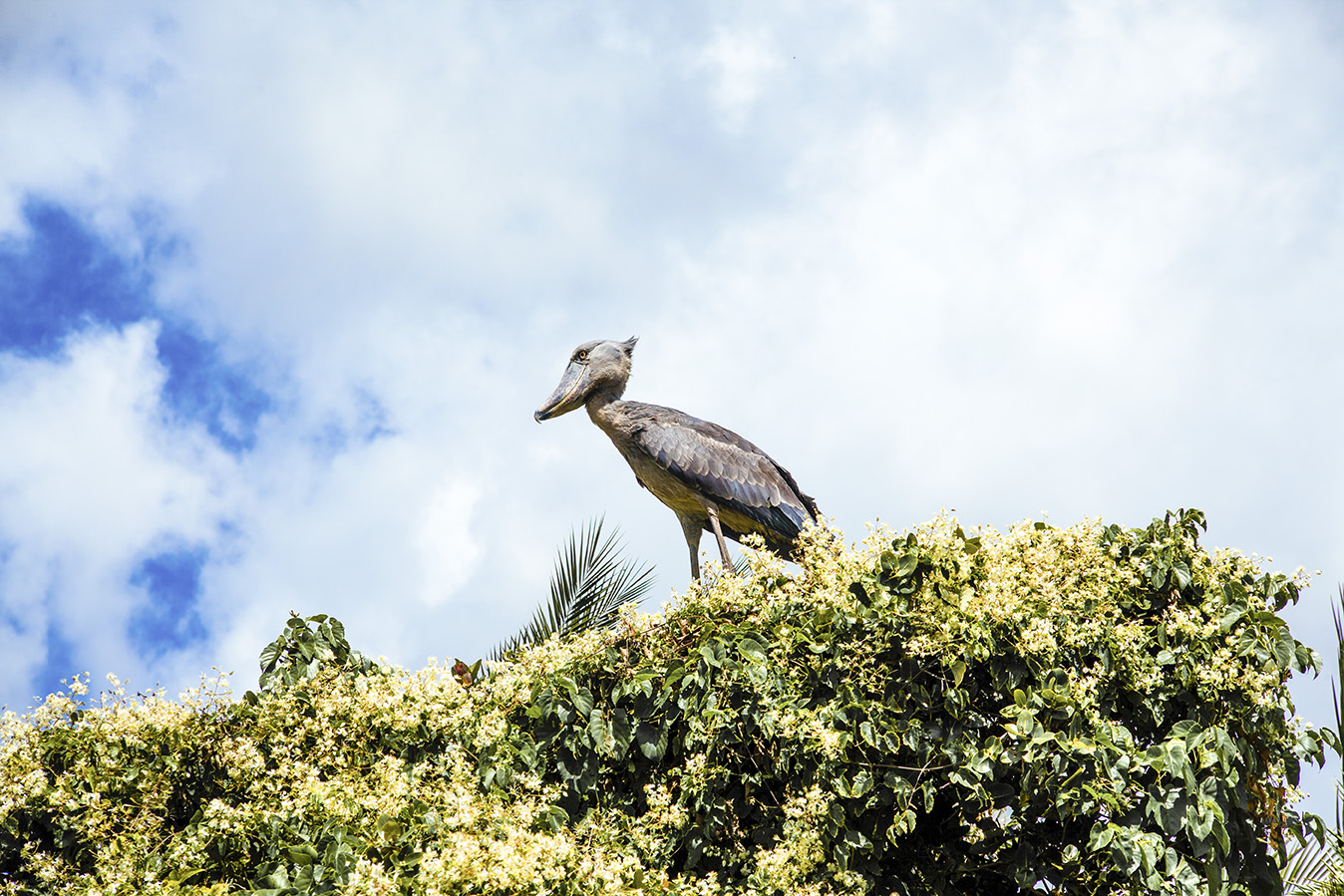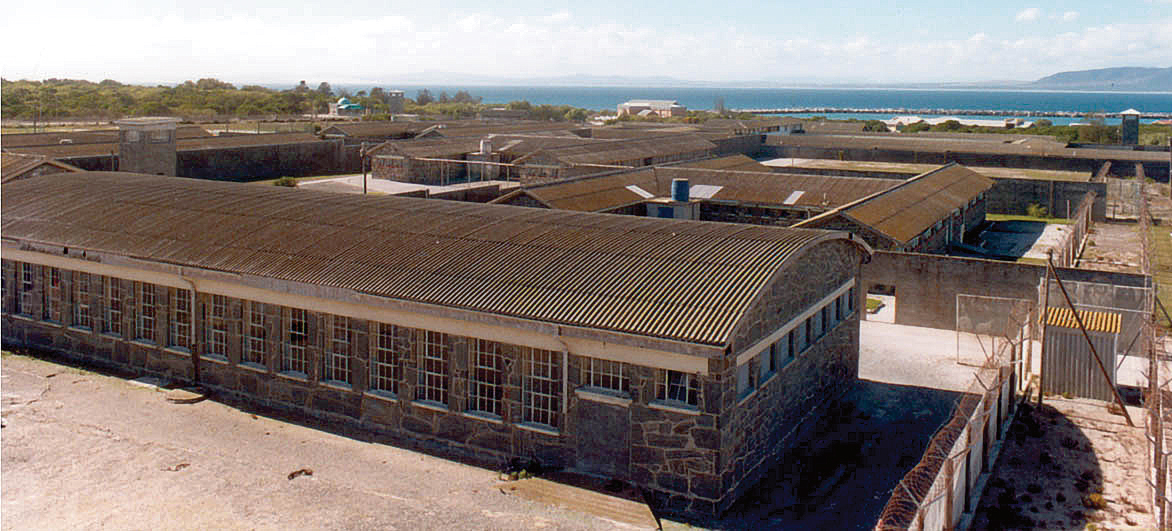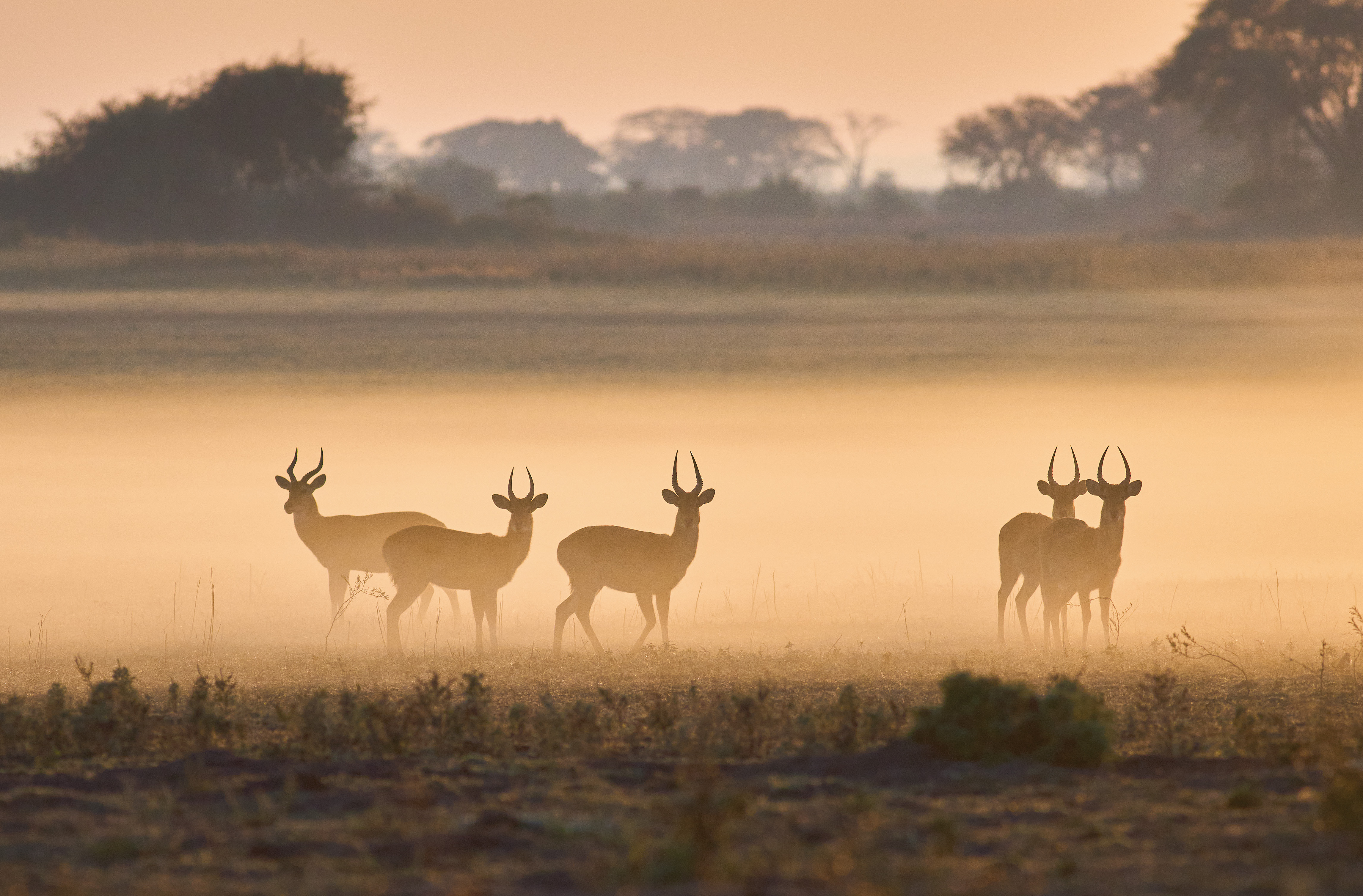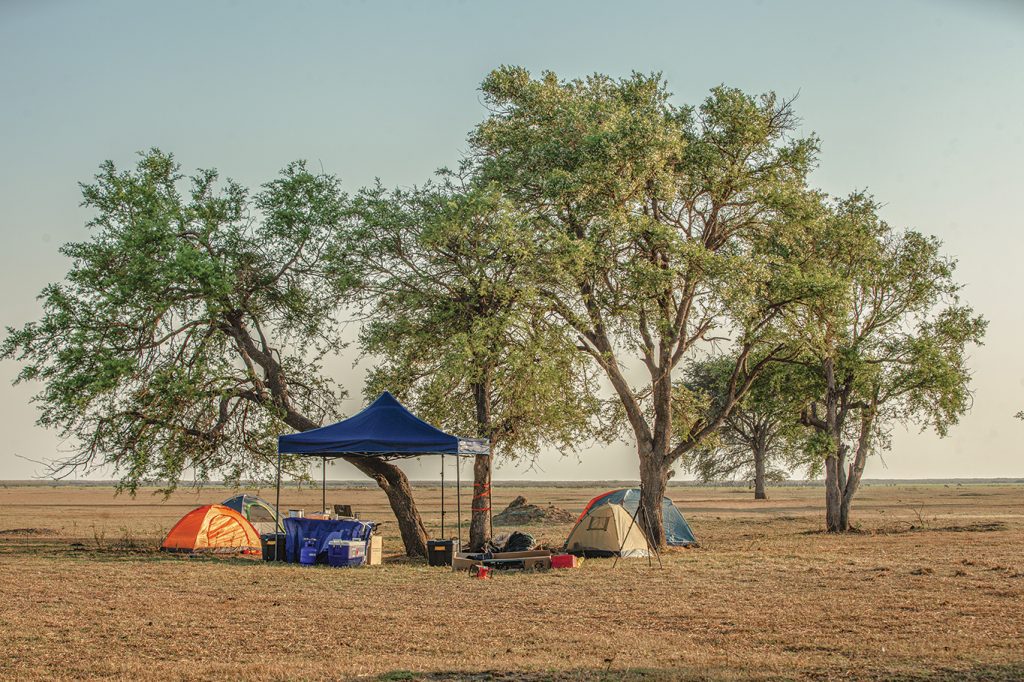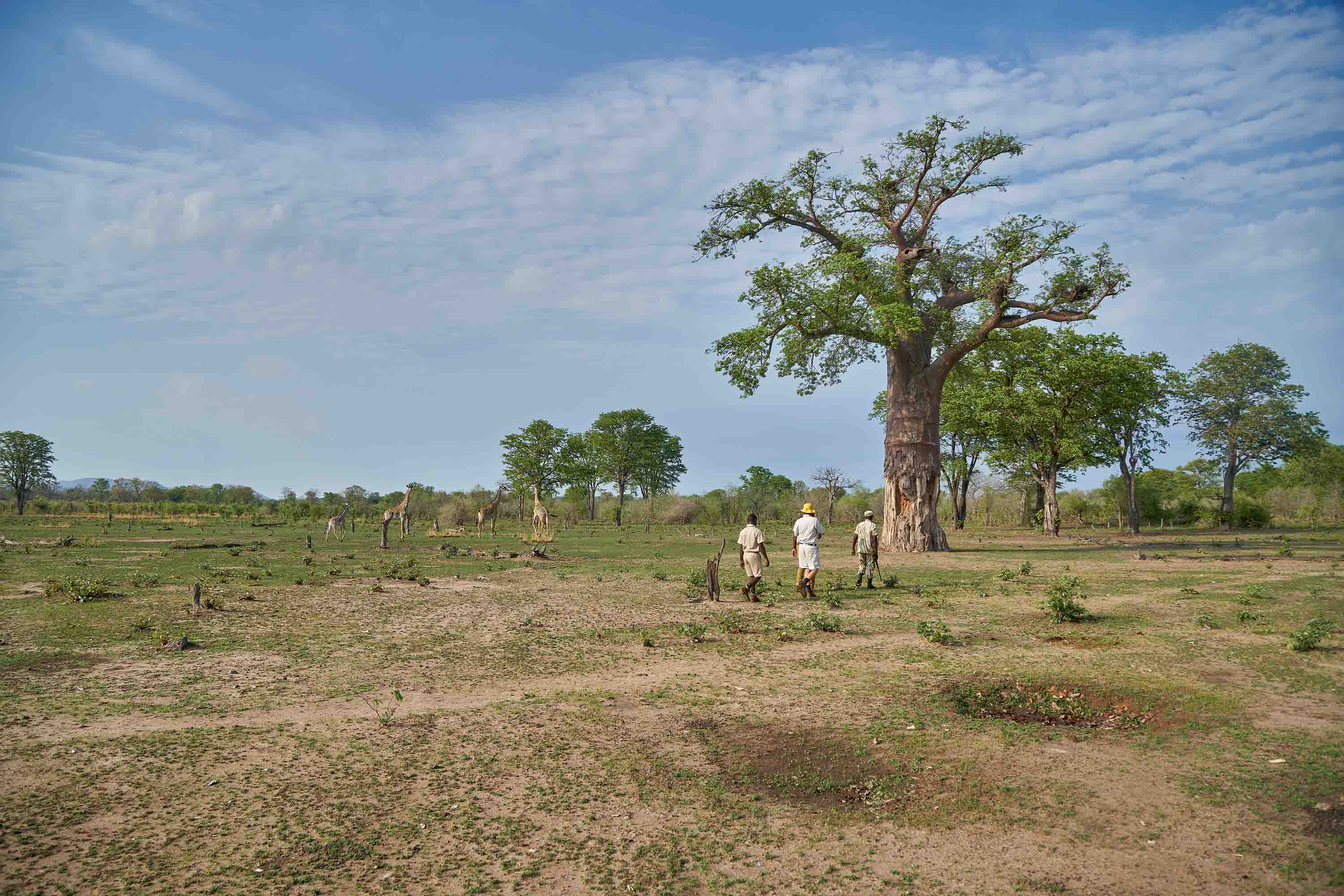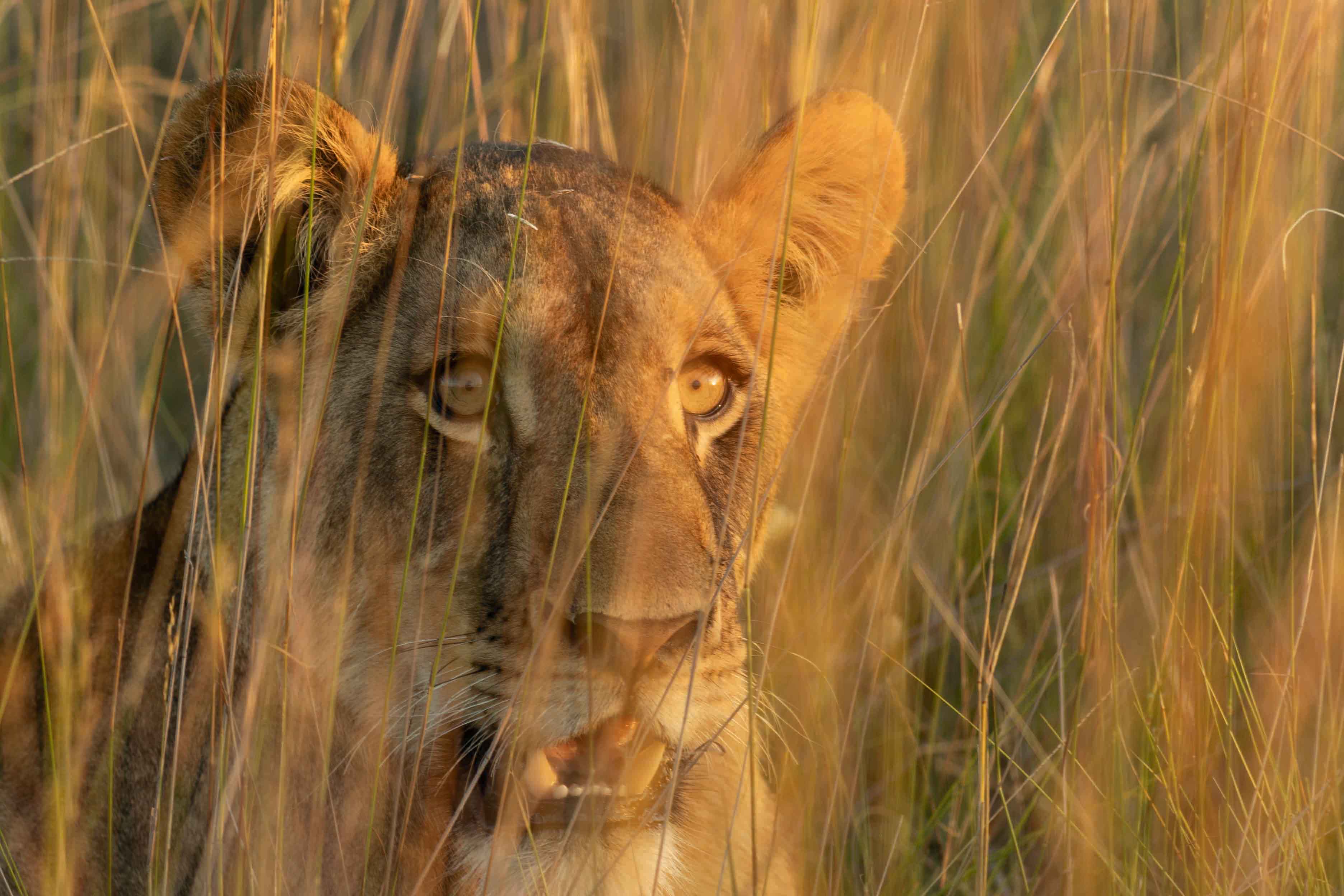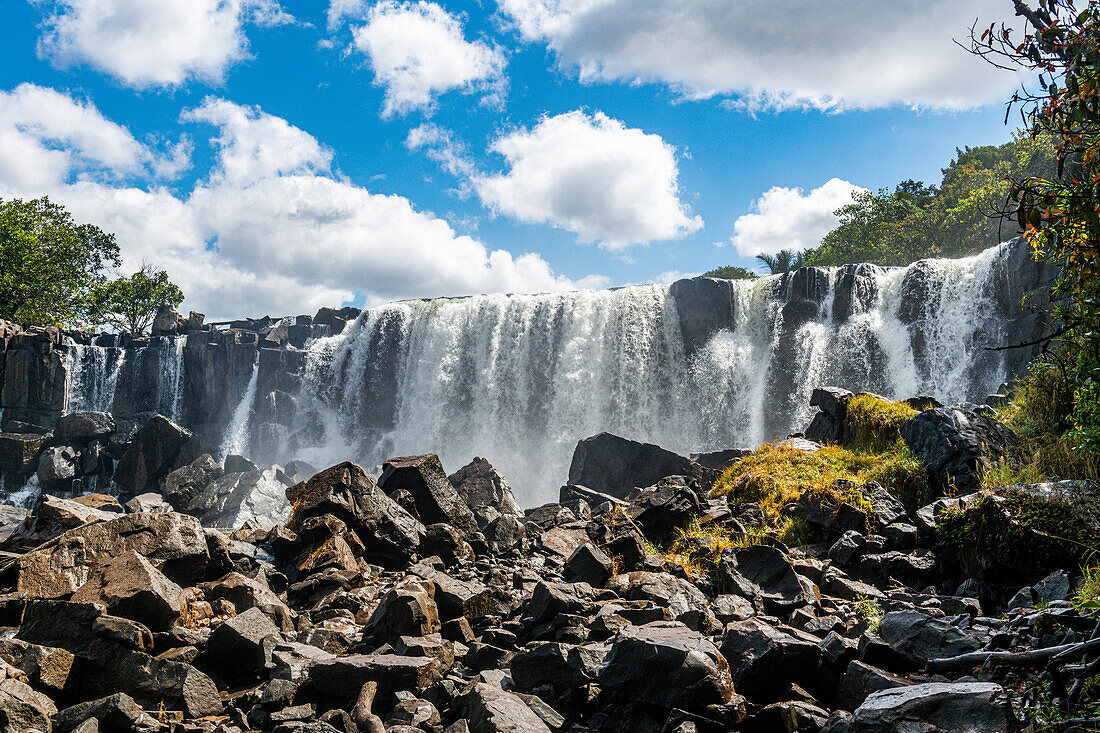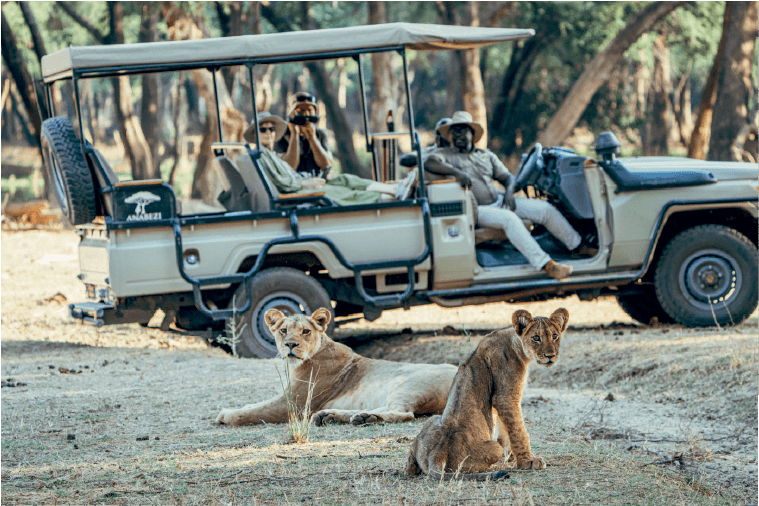“I’M NOT SEARCHING FOR THE MEANING OF LIFE, BUT I’M LOOKING FOR A MEANING WITHIN MY LIFE.” – DAVID LOWERY.
Looking for things, tangible or not was the order of the day. And over the next forty eight hours, we would be looking for a shoebill—a rare bird endemic to the Bangweulu Wetlands.
After a taxing eight-hour drive from Lusaka, Lizu and I finally arrived in Mpika; our rendezvous point with our driver, Mr Sunday, who would take us on the last leg of our journey to the wetlands. It was dark by the time we left Mpika and we sped along the bumpy dirt road towards our home for the night.
Stork
After a short night’s sleep at Bangweulu Wetlands’ Nkondo Safari Camp, we drove through Lavushi Manda National Park to get to Chikuni. This was a research station with a cottage smack in the middle of the swamp where we would spend the night. It was quarter to ten on a Thursday morning when we arrived at the marshlands. We had to disembark our vehicle and canoe a short distance to the house we would stay in. All around us were scores of black lechwe.
“There are over fifty thousand of them here,” said Julie Linchant, Special Projects Manager at Bangweulu. She was our contact (and a great host) for the duration of our stay. Hundreds of black lechwe had their heads down as they grazed on the floodplain. All seemed to be frozen and barely paid us any mind until we tried to get closer. In the distance, grey anthills dotted the green plains with white egrets and cranes gliding above them. This vast area is what we would try to cover in search of the shoebill.
scenic landscapes in the wetlands
We set out with three guides; Corton and Elijah paddled through the marsh, while Mbuzi was there for commentary. Beautiful water lilies floated on the swamp, with tall reeds bending slightly in their futile attempts to touch the sky. It’s the perfect habitat for over four hundred and twenty species of bird. Flocks of yellow breasted weaver are common, and so are sacred ibis. The shoebill is much harder to find and its numbers have been dwindling over the years. But the team at Bangweulu Wetlands has been trying to rectify this. Through their Shoebill Guard Program, they work with fishermen to help conserve the species. “When a nest is reported by fishermen, we employ a couple of guards to protect it nonstop until the bird flies,” Julie would later tell me. “We’re trying to encourage that, show them that they can get benefits from it, because they get paid to guard the nest instead of just selling the bird.”
Not too far away from us, two young men build a hut from grass, sticks and reeds. “That’s real accommodation,” Mbuzi remarked. People actually live out there in the swamp. They spend days in their camps, catching fish for sale and to feed their families. Some even get married out on the murky waters, with full on ceremonies and beer to boot. The way of life here is evidently different from what I see back home. Your concerns are probably different if you can barely even catch a good mobile network signal.
During the fish ban, shoebills are easier to spot around the wetlands, Elijah explained to us. They are shy birds, preferring to avoid humans as much as they can. Unfortunately poachers sometimes kill the birds when they come across them. This isn’t done to sell the carcass or even for sport, but it’s done to further reduce shoebill numbers and deter tourism. This way, poachers are less likely to be disturbed by sightseers and birdwatchers. These are people with little to no education on the importance of the preservation of wildlife. This is all they’ve known: hunting for their livelihood with homemade guns to feed their clans. Us wretched tourists are throwing spanners in their customs; meddling in their own chase for sustenance.
Herd of Black Lechwe
Egyptian geese were introduced to the Bangweulu by a park manager from Kasanka National Park. We saw the regal birds glide across the shallow waters in search of food past a clique of Reed Cormorants perched on some papyrus. They didn’t seem to be discussing anything like most of the other birds. They just sat in silence. Ah yes, bird is the word in the Bangweulu Wetlands. But there was still no sign of Bill. The feathered creatures chirped, squawked and tweeted their conversations while ours lessened in frequency and length.
At about 16:15, we docked the canoe on some mostly solid land and went out on foot. Corton and Elijah forged ahead to find a tree. They climbed the highest one they could find and surveyed the area with binoculars in the hopes of spotting our bird in the distance. The sun was beginning its slow descent, and with it my heart sunk a little. We decided to head back to the house at Chikuni. The search for Bill would begin again the next day.
***
The area around Chikuni Game Management area had virtually no artificial light (aside from the insect enchanting bulbs inside the house and control centre). This made for a beautiful night sky. We could see the moon ascending the vastness, an amber disc that lit up the sprawling plains. The stars were out in their celestial glory, dotting the sky in constellations that I’d never seen before. Somewhere out there, a hyena howled and cackled at the moon.
We’d decided to set out earlier the next morning. Hopefully we would catch Bill before lunchtime. Julie would be joining us on this trip and after loading our cooler box with snacks and beverages; she got into a canoe with Lizu and Corton, while I rode with Elijah and Mbuzi.
We would try a different route that morning, and after covering a considerable distance we came to find what I’d like to dub, ‘Water Lily Pass’. It was a little hidden gem along our water path. We floated past hundreds of Water Lilies, through a slice of a green dream paved with white, purple and yellow petals. It was moments like this that made all the chasing worthwhile.
Katondo Fishing Camp used to be Bill territory. But because of the rise in fishing activity, the birds had vacated the area. Every now and then we would meet fishermen from there in their wood carved canoes. Eljah would say hello in Bemba in what sounded like a kind of singing, and the person would respond in a similar manner. He’d then ask if they had seen the elusive water-bird. Some would say they saw a Shoebill the other day, others would doubt any sightings. I was beginning to lose hope of finding Bill.
At about 11:00, we decided to split up to cover more swamp. I went with Mbuzi and Elijah while Lizu and Julie went with Corton. We stopped by a small fishing camp to ask if its residents had seen the bird. A man there told us that there was one that frequents the area and he’d seen it earlier that morning. Shoebills can be slow and stand still for long periods, patiently waiting for fish to come up from the murky abyss of the swamp for air. The man pointed us in the direction of a tree where we could survey the area from and we proceeded towards it. After a fifteen minute scope of the marsh, Elijah had spotted our mark from his post. We would finally see Bill.
There it was, our coveted Shoebill sitting atop a palm tree, with an almost majestic attribute. The downward slope of its bulbous beak gives it a distinctive shape that can never fade from memory and its long grey feathers are reminiscent of an overcast sky.
The bird moved from its perch and hovered around the area, teasing us, seeming to fly away and then circling back towards us. We tried to get closer for a photograph, but the thing flew away to perch in another cluster of palms further away from us. We rolled our pants legs up and waded through the marsh, blades of grass and reeds leaving paper-thin cuts up to our knees. There was also the threat of leeches, but Lizu had to venture even farther in to capture his photo. When he returned, he was covered in blackjacks, black mud and God knows what else. But he had his photo. We had found Bill.
African Parks have various operations on the continent, with two right here in Zambia. “Washington Post hails African Parks as a 21st-century Noah’s Ark, transporting animals back to places where they have been wiped out,” their website says. They’ve partnered with the Department of National Parks and Wildlife and their work is applaudable. They partner with local authorities, but indigenous Zambians rarely start these initiatives. It becomes a question of what we as a people value. Our pursuits. What we chase after and make a reality.
On Saturday morning as Mr. Sunday bounced along through the dirt road to Mpika, I found comfort in
the thought that I’d found at least one thing I’d sought. At least I found Bill. But perhaps the chase for Billrepresented a pursuit of something far greater.
BEST TIMES TO VISIT
JUNE/JULY – TO SEE BLACK LECHWE HERDS
SEP/NOV – FOR GENERAL BIRDWATCHING, though you may not see shoebills at this time
MARCH/APRIL – SEE THE ELUSIVE SHOEBILL
A protected wetland, it is home to an estimated 100,000 black lechwe in the park
HOW TO GET THERE: By road via Mpika through the Southern gate or via Samfya through the Northern gate
